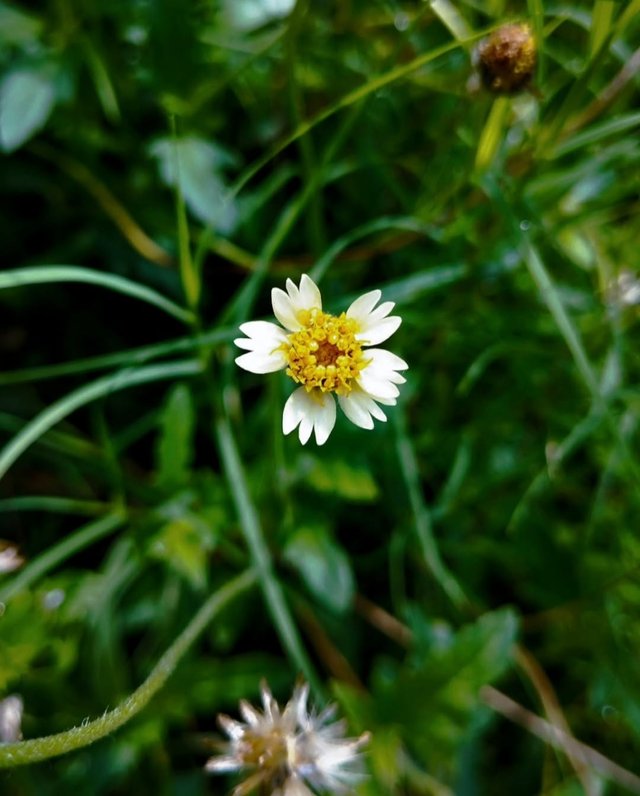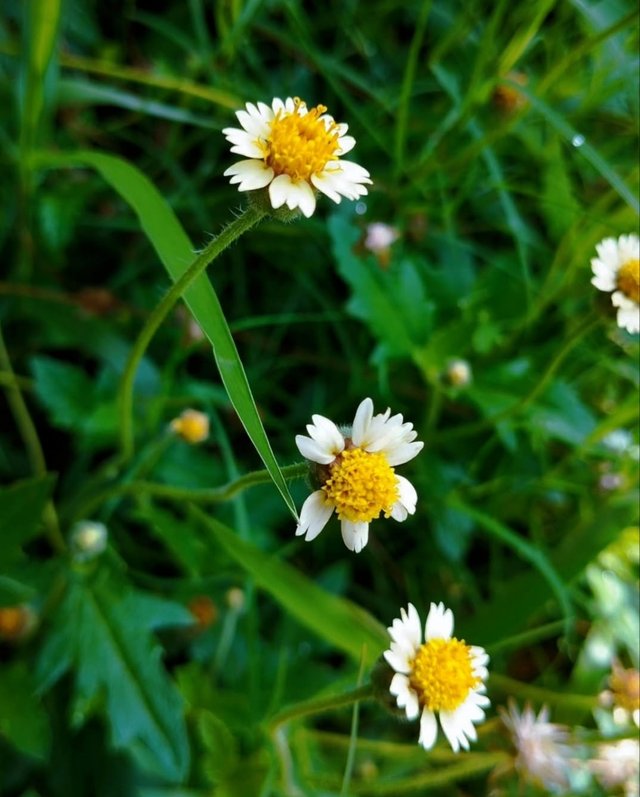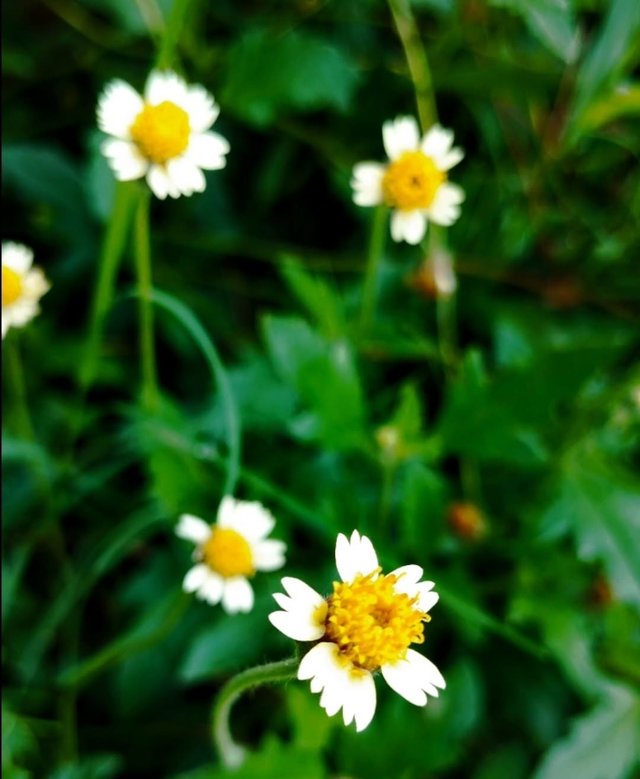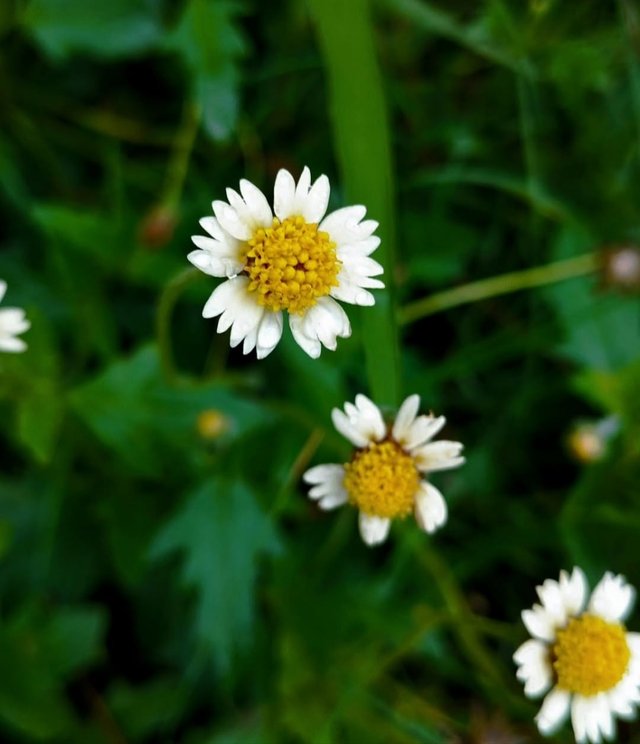Gallant Soldier Flower
Gallant Soldier is a small yet fascinating flowering plant that has made its way across continents and cultures, leaving behind an interesting ecological and cultural story. Despite its modest size and delicate daisy-like blossoms, this plant has been valued as food, medicine, and even as a resilient survivor in places where it was once considered a mere weed.
Botanical Overview
Gallant Soldier belongs to the family Asteraceae, the same family that includes daisies, sunflowers, and marigolds. It is native to South America, particularly the Andean regions of Peru, but it has spread widely across the globe. Today, it is found in Africa, Asia, Europe, and North America, thriving especially in disturbed soils such as roadsides, gardens, and crop fields.
The plant grows up to 30–80 cm tall, with soft, hairy stems and small, opposite leaves that are slightly toothed. Its flowers are charming but not showy—tiny yellow disc florets surrounded by short, white ray florets that resemble a miniature daisy. Each flower head produces numerous seeds, which explains how quickly it can spread once introduced to a new area.
Common Names and Cultural Significance
Gallant Soldier has acquired an impressive collection of names in different parts of the world. In Kenya, it is known as “Mchicha mwitu” and is widely eaten as a leafy green. In Peru, its homeland, it is called “Guascas”, where it is an essential ingredient in the famous Colombian dish ajiaco, a traditional chicken and potato soup. In English, it is often referred to as “Quickweed” or “Gallant Soldier,” the latter name being a curious reflection of its resilience and fast-spreading nature.
Nutritional and Culinary Uses
Though often dismissed as a weed, Gallant Soldier is highly nutritious. Its leaves are rich in vitamins A and C, calcium, and other minerals, making it a valuable source of nourishment, especially in rural communities. The leaves are typically cooked before consumption, as they can be somewhat bitter when raw. In East Africa, the plant is commonly boiled and eaten with maize meal, while in Colombia, as mentioned, it gives flavor to hearty stews.
| Device | cannon eos 700D |
|---|---|
| Lens | 55-250 zoom leans |
| Location | Bangladesh |




